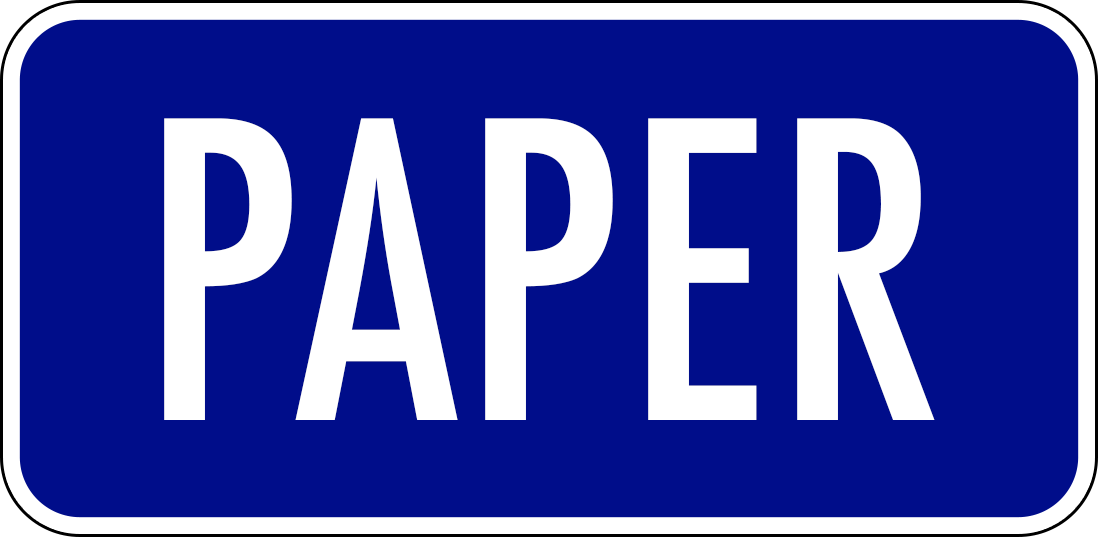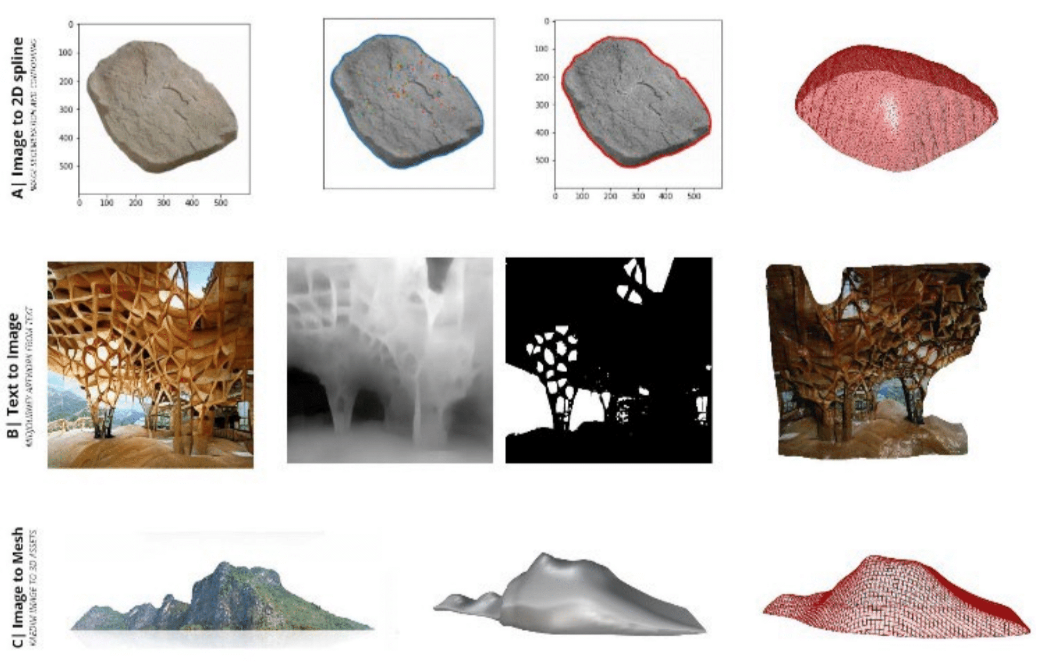Prototyping the Organic: AI in design work-flows for complex forms inspired by nature
From Design Computation
(Redirected from DCIO.2022.NWTJ1254)
DC I/O 2022 Paper and slides by Michal Gryko and David Andres Leon. https://doi.org/10.47330/DCIO.2022.NWTJ1254 | Watch  |
|  |
| 
Abstract
The conception of a new design or building is arguably the most creative stage of a project and one that can be most influenced by inspiration from the world around us. AI algorithms are being increasingly implemented to generate inspirational and creative images, however, the extent to which this can be further used to create workable designs is always in question. This paper explores how these algorithms can go beyond creating provoking images to be implemented in a wholesome design workflow that allows non-technical users to configure and output rationalized organic forms rapidly for concept development.
Keywords
3D DC-GAN, web configurators, geometric optimization, XR, visualisation.
Bibliography
- Achlioptas, P., Diamanti, O., Mitliagkas, I. and Guibas, L. (2018). Learning Representations and Generative Models for 3D Point Clouds. Ithaca: Cornell University Library, arXiv.org.
- Adriaenssens, S., Philippe Block, Diederik Veenendaal and Williams, C. (2014). Shell structures for architecture : form finding and optimization. London ; New York: Routledge/ Taylor & Francis Group.
- Chaillou, S and Birkhäuser (2021). Artificial Intelligence and Architecture From Research to Practice. Basel Birkhäuser Verlag Gumbo.
- Charleson, A. (2018). Structure as Architecture : a source book for architects and structural engineers. Routledge.
- Chilton, J. and Tang, G. (2017). Timber gridshells : architecture, structure and craft. London ; New York: Routledge.
- Fabio Bianconi and Filippucci, M. (2019). Digital wood design : innovative techniques of representation in architectural design. Cham, Switzerland: Springer, pp.198–200.
- Hadid, Z. and Schumacher, P. (2011). Total_Fluidity. Vienna Springer Vienna.
- Menges, A. Schwinn, T. and Oliver David Krieg (2017). Advancing wood architecture : a computational approach. Oxon: Routledge,
- Pottmann, H, Asperl, A., Hofer, M., Axel Kilian and Daril Bentley (2007). Architectural geometry. Exton, Pa.: Bentley Institute Press, p.671.
- Henriques, G.C. and Franco, J.M. (2021). Gridshells: integrating design with structural performance in early design stages, using formal and informal knowledge. Gestão & Tecnologia de Projetos, 17(1), pp.81–95. doi:10.11606/gtp.v17i1.183507.
- Kapp, K., Gain, J., Guérin, E., Galin, E. and Peytavie, A. (2020). Data-driven authoring of large-scale ecosystems. ACM Transactions on Graphics, 39(6), pp.1–14. doi:10.1145/3414685.3417848.
- Kuma, K. and Kuma (2009). Studies in organic. Toto, Tokyo: Toto Shuppan.
- Mansfield, S. and Richie, D. (2016). Japanese stone gardens : origins, meaning and form. Tokyo ; Rutland, Vermont ; Singapore Tuttle Publishing, p.32.
- Marc Wilhelm Lennartz and Jacob-Freitag, S. (2016). New architecture in wood : forms and structures. Basel: Birkhäuser, Cop.
- Sasaki, M. (2005). Flux structure. Tokyo: Toto.
- Wu, J., Zhang, C., Xue, T., Freeman, W.T. and Tenenbaum, J.B. (2017). Learning a Probabilistic Latent Space of Object Shapes via 3D Generative-Adversarial Modeling. Ithaca: Cornell University Library, arXiv.org.
